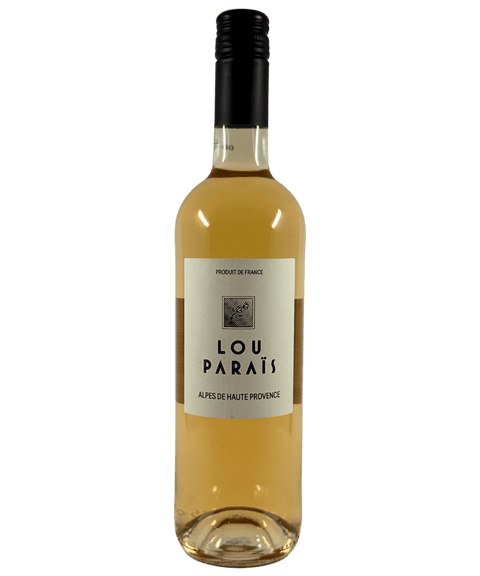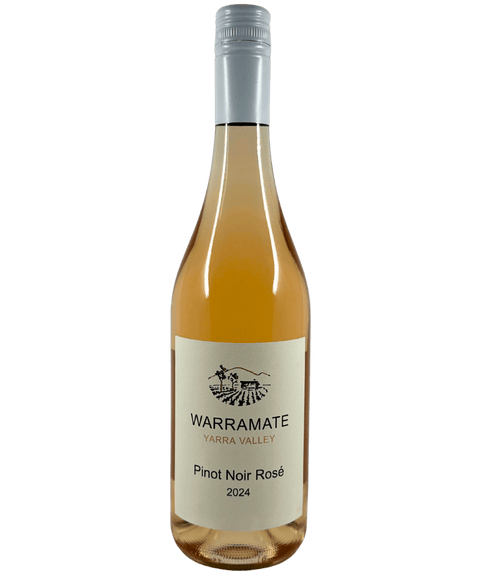Rosé
All the rosé you’ll ever need – Aussie icons, international favourites, and a few curveballs if you’re feeling adventurous
Hint: use the filters to find wines that match your taste 😋
After something specific (or more of a favourite)? Let us know - we love sourcing more wine🍷
3 products
Frequently asked questions
What is rosé wine and how is it made?
Where can I buy quality rosé wine in Australia?
Is rosé wine sweet or dry?
What's the best rosé wine for beginners?
What food pairs best with rosé wine?
Can you drink rosé wine year-round?
What temperature should I serve rosé wine?
What's the difference between pale and dark rosé wines?
What grape varieties make the best rosé?
Is rosé just a mixture of red and white wine?
Does rosé wine age well or should I drink it young?
Is rosé wine good for gifts and special occasions?
What's the difference between Australian and French rosé?
How do I choose the right rosé for my taste preferences?





